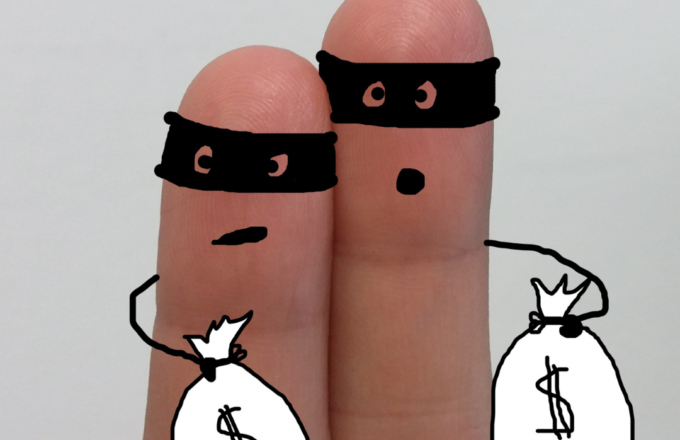
Why two factor Authentication is necessary for all businesses
November 2, 2021
You might have noticed how often security breaches, stolen data, and identity theft are consistently front-page news these days? It happens every day and it is likely just a matter of time before you get caught.
And if you have been caught you know how difficult and stressful it can be to sort out if you are hacked…
As cybercrime incidents become more prevalent, you should consider using two-factor authentication, also called strong authentication or multi-factor authentication.
You will have likely used this already, particularly with your bank or financial institution who will require both a password and one of the following to log in: a call, email, or text containing a code. Think of all the questions you get asked when you call your bank – it can be frustrating but it’s another safety net.
Using these additional security measures to your personal accounts like email and social media, you can better secure your information and identity online.
WHAT IS IT
Two-factor authentication is defined as a security process that requires more than one method of authentication from independent sources to verify the user’s identity. In other words, a person wishing to use the system is given access only after providing two or more pieces of information that uniquely identifies that person.
HOW IT WORKS
There are three categories of credentials: something you either know, have, or are. Here are some examples in each category. In order to gain access, your credentials must come from at least two different categories.
One of the most common methods is to log in using your username and password. Then a unique one-time code will be generated and sent to your phone or email, which you would then enter within the allotted amount of time. This unique code is the second factor.

WHEN SHOULD IT BE USED?
It should be used to add an additional layer of security around sites containing sensitive information, or whenever enhanced security is desirable, making it more difficult for unauthorized people to log in as the account holder.
You can set up two factor authentication on most of your accounts. Don’t use the same passwords and codes on all your accounts and a good idea not to use your birthday or something too obvious. Use a combination of capital and lowercase letters, numbers and symbols.
Be smart. Be Cybersafe
Protect yourself against the attack and have a backup plan to prepare for the unexpected. Ask our team about Cyber Insurance today.



